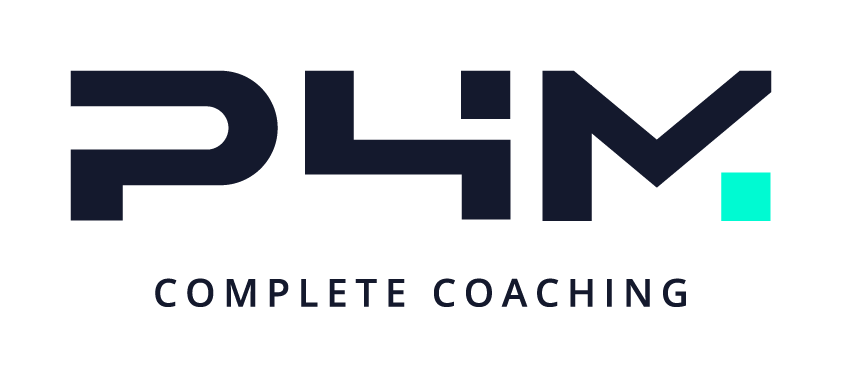BECAUSE EVERYONE LOVES A QUICK FIX, RIGHT?
Ah, the age-old wisdom of “move more, eat less” — it’s as ubiquitous as that random sock that appears in your laundry, sans mate. The phrase practically rolls off the tongue, much like you roll your eyes when you hear it for the millionth time. But hey, if it’s so prevalent, it must work, right? Well, let’s just say it’s not exactly the panacea the gym bros would have you believe.
In today’s eye-opening journey, we’re going to dissect this overused mantra, pull it apart like a cheesy pizza, and see what’s really hiding underneath all that crust. Grab your notepads and kale smoothies, folks; we’re diving deep.
THE CARDIO CONUNDRUM
We’ve all been there—plodding away on the treadmill, counting each agonizing second as we dream of doughnuts. Cardio is often the go-to when people think of “move more.” But guess what? It’s not the one-size-fits-all solution to your fitness woes.
That’s right! Too much cardio can actually lead to muscle loss, and can leave you tired, worn out, and just not a ton of fun at parties. Remember, it’s all about balance, not endless marathons unless you’re into that sort of thing.
THE RESTRICTIVE RELATIONSHIP WITH FOOD
“Cut the carbs! Ditch the fats!” These might sound familiar if you’ve ever ventured down the slippery slope of a fad diet. Restrictive diets may show quick results, but let’s face it—nobody’s happy when they’re hangry.
In the long term, deprivation could lead to a whole host of problems. You don’t want to set up shop in Starvation City, population: you. Deprivation isn’t a sustainable strategy, and you might just find yourself binging later.
THE FAD DIET FIASCO
Speaking of fad diets, how many of you have been tempted by the allure of quick fixes? Cabbage soup diet, anyone? Juice cleanse? Just like your ex, these diets are enticing but not good for you in the long run.
They might promise a six-pack in six days, but what they don’t tell you is that your newfound washboard abs will vanish quicker than a cake at a kids’ party. Sustainability, not starvation, is the key to lasting health.
WHEN “TIRED” ISN’T JUST A STATE OF MIND
You’ve heard the complaint: “I’m too tired to exercise!” While we’d love to dismiss this as an excuse, sometimes it’s a legitimate cry for help. Overtraining or undereating can genuinely make you feel like a deflated balloon.
And let’s not forget, mental fatigue can be just as taxing as physical tiredness. When your brain’s screaming, “no more,” sometimes it’s good to listen. A balanced approach to life and fitness is the way to go.
WHAT”S THE ENVIRONMENT GOT TO DO WITH IT?
You are a product of your environment. Hang around a donut shop long enough, and you might just turn into a glazed wonder. Same goes for your fitness regimen; if your environment doesn’t support your goals, you’re swimming upstream, friend.
Consider how you can alter your environment—whether it’s your home, your workplace, or your social circles—to make a healthier lifestyle more attainable. A bowl of fruit within reach can work wonders, you know.
RETHINKING ‘MOVE MORE, EAT LESS’
It’s time to put this old saying to bed, right next to other outdated advice like “you can’t swim for 30 minutes after eating.” Moving more and eating less doesn’t consider the quality of your movement or the nutrients in your food.
Instead, let’s focus on effective, enjoyable exercise and nutrient-dense foods that fuel us for said exercise. After all, a life where you’re constantly counting calories and steps is a life half-lived.
AN HOLISTIC HALLELUJAH!
Holistic health doesn’t mean you have to chant mantras and hug trees—unless that’s your jam, of course. It’s all about acknowledging the multiple dimensions that contribute to health: mental, emotional, relational, environmental, and existential.
When we consider all of these elements, we get a much richer picture of what ‘health’ really means. And, spoiler alert: it’s not just about shedding pounds or slogging through a 10K.
THE NEW SIX-PACK: SIX PILLARS OF HEALTH AND FITNESS
As a fan of holistic health, I propose we trade in the overused “move more, eat less” for a more nuanced approach. Let’s talk about the six pillars of health and fitness: physical, mental, emotional, relational, environmental, and existential.
These are the core elements that make us who we are. Addressing each pillar means you’re genuinely covering all your bases, instead of relying on an overly simplified slogan that, frankly, misses the point.
YOUR LFE, YOUR RULES
At the end of the day, you do you. Take the best advice, tailor it to your needs, and ignore the haters. Your path to health and well-being doesn’t have to fit a generic mold.
Remember, it’s not about looking good for summer; it’s about feeling good for a lifetime. Here’s to a more nuanced, more enjoyable, and—let’s face it—more realistic approach to health and fitness.




